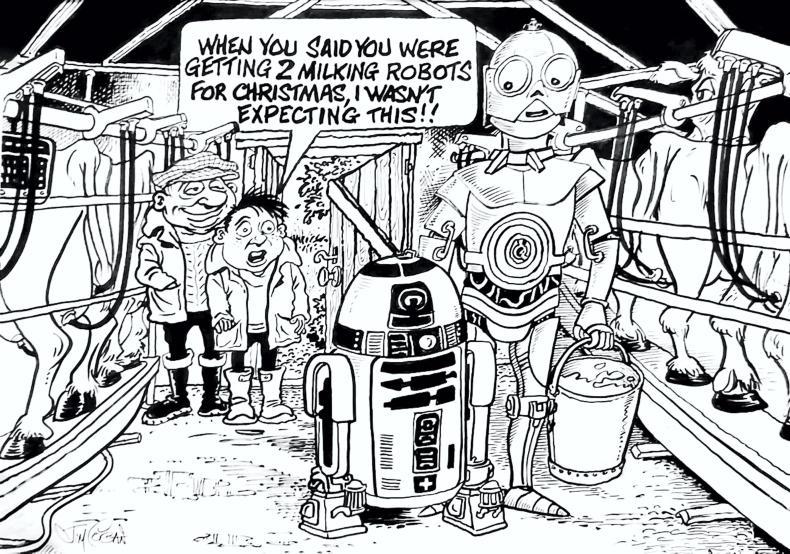While gas prices have gradually fallen to pre-war values and hence will reduce nitrogen cost for the coming year, if the last year has done nothing else, it has brought home the value of nutrients produced on farm.
Purchased phosphorus and potassium, will remain at a higher price level for 2023 as supply and transport restrictions limit availability. Both are the key ingredients in slurry, varying in quantities depending on what animals are eating. The fall in the price of nitrogen and the continued high price of P and K will mean the nutrient value in a typical 2,000 gallon tank of slurry is likely to be close to €100 per tank. This also means the nutrient value of slurry in a three-bay slatted tank is now close to €2,000.
There is no doubt the importance and value of slurry as an output from livestock farms is on an upward curve. This is before anaerobic digestion (AD) has any grip on farm nutrients. As the slurry spreading season is about to kick off in earnest over the coming weeks, we have to ask are farmers and the service sector doing enough to manage nutrients? Over €2bn has been spent on constructing slurry tanks over the last 20 years, showing the commitment of the farming sector to invest for productivity and the environment. As Ireland reaches 50 years in the EU this year, it must be acknowledged that the benefits of raising the bar on nutrient management have benefited farmers and the environment.
When it goes wrong
We have to be mindful that real farms are not controlled laboratories and weather events, unforeseen circumstances, etc can change plans and cause problems with on-farm nutrient storage. While appreciating many issues can be unforeseen, the farm could also be short of slurry storage depending on the stage of development.

What does a farmer who is tight on capacity or has a problem with slurry storage on farm do? If available, many will move slurry around on farm into tanks that are not as full. Let’s be honest and suggest a minority will pick the drier fields they have at the particular time and spread a few tanks to take the pressure off – a potential loss of income and a huge risk to the environment. A tiny minority will also attempt to illegally dump slurry off a roadway or over a ditch from a road. Doing this undermines the hard work and the €2bn investment made by most farmers. It has to be called out as completely the wrong move and needs to be penalised.
If we are serious and confident our livestock farm systems can run alongside the environment, we need to pay it the respect it deserves
However, it continues as a small minority of farmers continue to break the rules, flush nutrients into streams and rivers and wash money away while the majority suffer with tougher nitrates rules. For me this isn’t a closed period or calendar farming problem. It all comes back to having adequate nutrient capacity for livestock on farms. If there is enough capacity, the dash before and after the calendar dates is less important.
Completing this task
Just because the chequered flag is raised next week doesn’t necessarily mean that every tanker in the country can do business as normal. Ground conditions and the weather forecast must be good. Surplus nutrients will wash away in rivers and streams and that causes huge environmental pressures. Water quality results are now going to determine how farmers are allowed farm. The actions of one could undermine thousands of farm families. We can’t just turn a blind eye.
Should farmers have the facility to dial an emergency 1800 number and be able to access available slurry storage locally? This would take down stress levels on many farms. Could this spare slurry capacity log run parallel with a bag fertiliser usage register or help build an AD industry that is about to start? Is it a potential income stream for local drystock farms?
Our nitrates information meetings in Cavan (24 January) and Portlaoise (26 January) will also be of interest to many farmers.
If we are serious and confident our livestock farm systems can run alongside the environment, we need to pay it the respect it deserves. We have a big enough job on our hands explaining how our farm systems can run alongside high-value nature and an improving environment. We can’t let a few farmers jeopardise the path.






 This is a subscriber-only article
This is a subscriber-only article










SHARING OPTIONS: